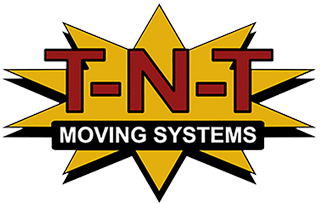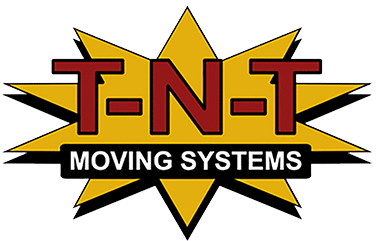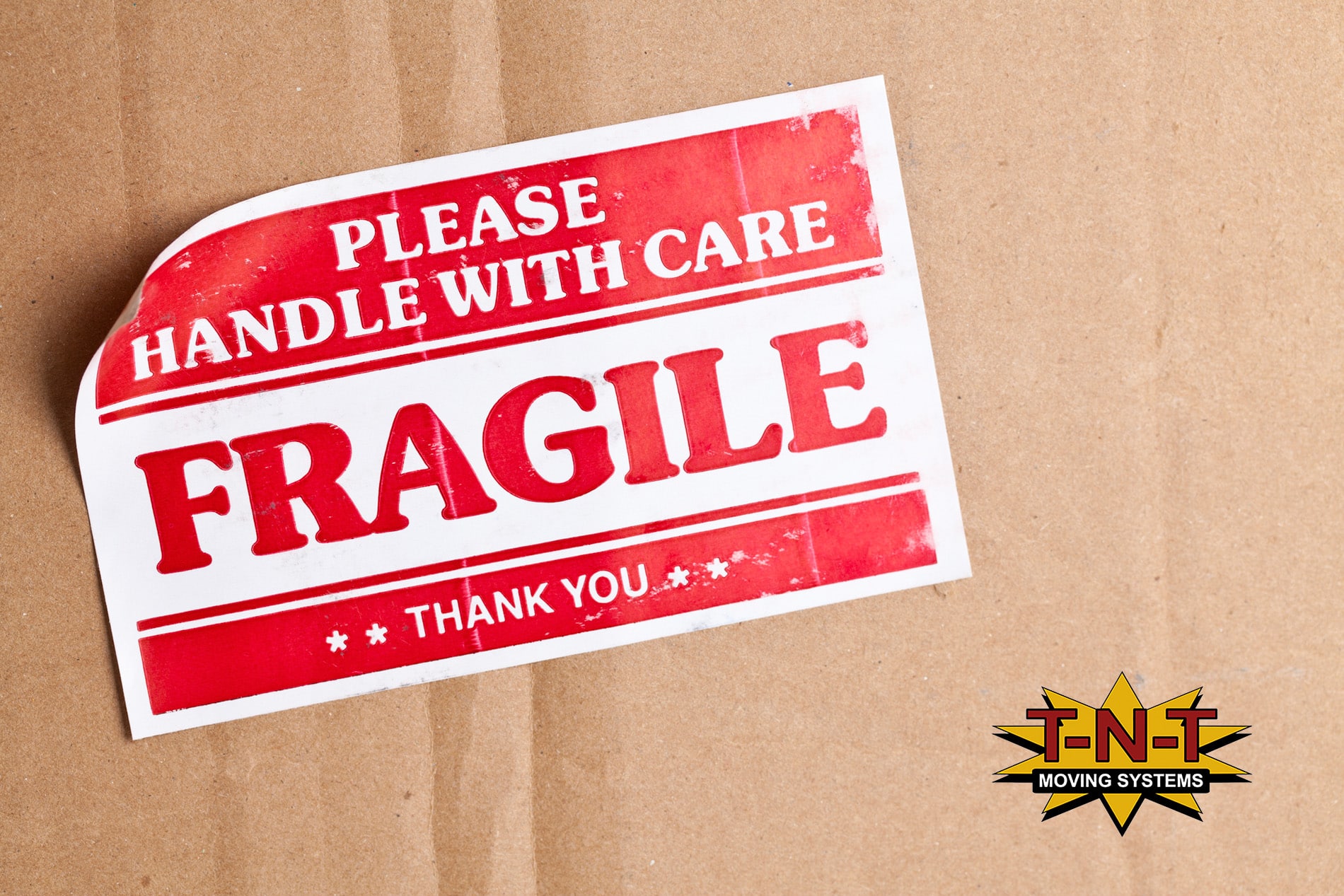How To Keep Your Home and Belongings Safe During a Move
Moving can be a strangely public process. Between cleaning out the closets and hauling things off to donate, leaving items out at the curb for pickup, and loading up the truck, all your possessions — and the fact that you’re in transition — is on display for all the world to see.
There are all kinds of scenarios that may present a security risk. Perhaps you find yourself stretched between two homes with some belongings in each or completely moved in to your new home with an unoccupied and unsold home left behind. How do you handle the risk of a possible break-in or theft?
TNT Moving Systems has learned a lot about home security over the years. Here we pass on some tips to keep you and your possessions safe.
Basic Safety
Inevitably, when you move from one place to another, there end up being periods of time when you are not physically present at the house, which heightens the chance of burglary, but it doesn’t mean you can’t be prepared. Here are five basic things you can do right away to your home to keep it safe and secure:

- When you leave, make sure all your windows and doors are locked. Sure, this seems obvious, but you would be surprised at how often doors and windows are left unsecured! This is why most forced entries are initiated from these points. With new homes it is common to open windows to see how they work, to air-out the new place, or even just to feel the breeze, and then to completely forget to latch the lock back. The same goes with doors. With the rush of moving boxes in and out, a simple task like locking the door can be forgotten. It’s always best to double-check all windows and doors.
- Keep the yard up. This goes for the new and the old place, if it hasn’t been sold yet. Once a yard starts to get out of hand, and not a lot of foot traffic is evident, it is clear the house is vacant. Try and keep up the appearance of normal life taking place at both homes. This will keep those wandering eyes away.
- Get yourself some motion detector lights. These are highly effective because they provide immediate reaction. Make sure all entry points are covered including any obfuscated from view like basement doors or windows behind shrubs. Nothing makes a burglar scatter like a bright light!
- Keep valuables close. Small items like jewelry or family heirlooms are good to keep with you. For those larger items like a big screen tv, bikes, the family silver, or a gun cabinet, consider a safe or public storage. Even leaving such things with a trusted friend or family member is better than leaving them in an unoccupied home.
- Park a car in the driveway. If you have an extra car, leave it parked in the drive as often as possible. If you need your car(s), ask a neighbor to park in your drive. Any activity that makes it look like someone is at the house is best. Of course, don’t forget to lock the car doors!
- Stop the mail. Cancel the newspaper delivery, get your forwarding order in with the postal service, and make sure there aren’t any packages on their way that may sit unattended for days.
Smart Homes
These days it’s easier than ever to include smart technology in your safety plan. We have gone through tons of smart locks and indoor cameras and narrowed the competition. Here are three entry-level smart devices you may want to consider:
- Kwikset Kevo Smart Lock 2nd Generation. This smart lock with a Bluetooth-enabled deadbolt alerts you anytime someone tampers with the lock and provides an immediate notification for anyone entering the code or simply messing with the door handle. It only costs $175.
- Logitech Circle 2 Indoor Camera. Due to recent price drops on indoor cameras, more and more people are having them installed. An indoor camera may not necessarily keep intruders at bay, but it will record any action and thus have evidence to provide to police. The Logitech is a Wi-Fi camera that allows you to see any and all activity happening inside your house no matter where you are.
- Smartphones. Currently, there are plenty of systems such as, Scout, Apple Homekit, and Eve that sync smart devices together to create systems for self-monitoring.
Home Security
When it comes to choosing a full-blown home security system, it’s easy to get stuck between spending more than you really need and not getting the level of security you want. Here’s what you need to know about home security systems:
- It never hurts to do a quick online search for reviews of local home security system providers. Chances are, you will end up looking at ADT or CPI, but there are other options out there worth considering.
- Once you have a few companies in mind, ask for their security packages and price points (you should not be paying anything over $30 to $50 a month). Compare and contrast. Each company should give you a complete overview of their capabilities, installation costs, and monthly fees.
- Talk to others about their security systems. Different people have different needs. Are you a family of one who needs to let the dog walker in from time to time or a family of six managing ever-changing schedules? Talk to people like you to learn what they like and dislike about a company or product.
Beyond break-ins, the next big scare tends to be home fires. Though preventable, house fires cause a lot of heartache.
One easy, and very important, way to keep you and your family safe in case of a fire is to have an old-fashioned fire extinguisher around. Though they may seem to be a device of the past, they are not. An extinguisher is the best, quickest, and least expensive way to stop a small fire from spreading. We suggest the First Alert Pro5. It exceeds the minimum law compliance for business and some residential establishments and is effective against the most common household fires: wood, paper, fabric, flammable liquid, and live electrical equipment fires.
A fire extinguisher only works though if you know how to use it and you know there’s a fire. Read the label on your extinguisher so you can operate it at a moment’s notice. And make sure that you have working smoke alarms. There are ionization alarms that quickly detect fast-moving fires and photoelectric smoke alarms that are quicker to sense a slower, smoky fire such as an electrical one that starts within the walls. It is recommended to have both kinds of alarms or a dual sensor alarm. Also consider whether your alarm system needs to address special circumstances such as hearing impairment or blindness.
Speaking of fires, do you know that a fire extinguisher is NOT the right tool for a grease fire? Only specialized fire extinguishers can be used on grease fires, as hot grease burns at an extremely high temperature and is in a liquid form that can easily spread from surface to surface.
- Consider your safety first — grease fires can easily result in burns to the face, arms, and chest. Protect yourself and cover the flames with a metal lid or cookie sheet. Turn off the heat source. If the fire is small, use salt or baking soda to cover the flames.
- Never use water, flour, baking powder, sugar, or a wet towel all of which can spread or feed the fire.
- If your attempt to put out the fire fails, leave immediately and call 911.
At TNT Moving Systems, we want you to be safe during and after your big move. The most important thing to do is stay aware and make smart decisions about your home’s safety.





